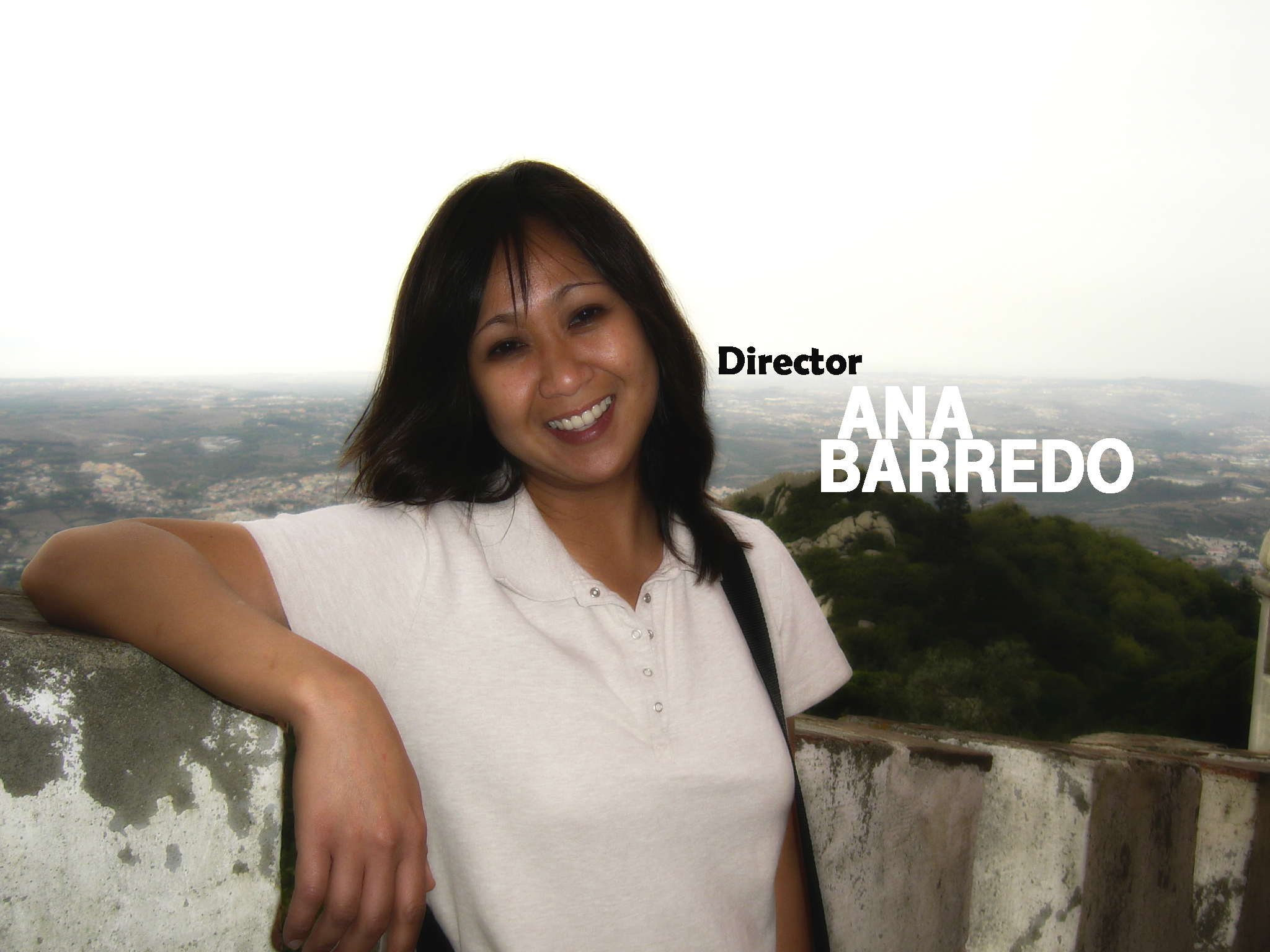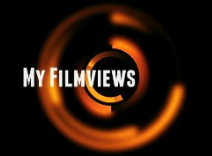
Ana Barredo is the director of the documentary The Table, about a group of people who help each other out in the challenging world of Hollywood. My review of the documentary can be found here. More information on the movie can be found on its website.
First of all, thank you for taking the time out for this interview. You were invited by Marc Zicree to attend a meeting of The Table after you met him during the production of the definitive Twilight Zone collection. What was your first impression of the group?
Marc knew I made movies on the side and has been mentioning this group to me ever since, but I didn’t get around to going to a meeting until 2009. It had been a while since I made a movie and quite frankly, I had no intention of making another one. The only reason I went to the meeting was just so I can finally tell Marc I went, and call it a day. Hearing the Table members’ projects, war stories, updates, etc. that evening got my creative juices flowing once again! By end of that first meeting, not only am I back to making movies, I found the perfect subject for my next project!
The documentary really shows how willing everybody is to help each other out, allowing you to interview some well known actors, producers and directors. Besides being able to interview some of the members, did the group also help you in other ways to make this documentary a reality?
Since this was my first attempt at documentary filmmaking, I was fortunate to have Roger Lay, Jr. join the Production team after seeing my first rough cut at a screening (made possible through the help of Table member Joel Gonzales) at the Montalban Theater in Hollywood. Roger offered to help elevate the production quality of THE TABLE. Roger’s first feature was 95 Miles to Go (HBO), the Ray Romano documentary so his previous experience became a real asset to the project. Of course, I met Roger through, who else? Marc Zicree!
Filming this over the course of a year it must have been hard deciding which footage to use. How did you decide what to include and are there pieces which you would have loved to include, but just didn’t get the chance to?
I found that even more difficult than going through all 60 hours of footage I shot was selecting which ones will make the final cut. I’m hoping that when The Table comes out on DVD, we’ll be able to feature these Table members in the Special Features section because their stories are just as compelling as the ones that made the cut. For instance, there’s Robert Amico, a working actor / producer who decided he was going to write one screenplay a month – and has been doing it for the last 36 months! There’s also Sara Jo Elice, who introduces herself as a recovering Environmental Engineer. Sara graduated from MIT with 2 Bachelor’s degrees and a Masters degree, but decided to give all that up to become a full time actress. I also followed the making of a Table-produced short film from its inception to its premiere in LA.
Now that this documentary is out, did more people start attending The Table and if so did that change anything in respect to dynamics of the group?
We’re still in the process of seeking distribution for THE TABLE so the only way to see the documentary is through festival screenings. Without fail, the first question asked after each screening is “Where is the Table meeting next Thursday?” I can only imagine how much bigger this group will be when the movie is finally available to a wider audience.
You have also made an indie feature and a short before doing this documentary. In which way is the process of creating a documentary different?
I decided to try my hand at documentary filmmaking because logistically, it seemed to perfectly suit a nine-to-fiver like me better. Since I was a one-woman operation, it was easier to conduct interviews and go to shoots more or less around my schedule. I also discovered how much I enjoy the documentary storytelling process. Traditional filmmaking always begins with a script. This means that every scene has been plotted out in advance – no real surprises. Documentary filmmaking is the complete opposite of that. I basically set out with a premise: to follow the Table for a year – and whatever happens happens. I didn’t know how the story was going to end until the year was up. I find that process extremely appealing.
Any plans for future movies/documentaries?
For the next project, I’m collaborating with Roger Lay (co-producer of THE TABLE) on a time travel 80s film called AUTO REVERSE. We begin shooting in Jan, 2012. You can follow us on Twitter @AutoReverseFilm for up-to-the-minute updates on the making of the film. Should be fun!
Why should people see The Table?
My goal is to make a movie that’ll inspire anyone who’s ever wanted to accomplish something – the same way this group has inspired me after that fateful first Table meeting I attended.


Brilliant!!
This is very cool Nostra, thanks for hosting this interview, and thank you to Ana for taking part and giving us an insight into the world behind the film
Thanks Scott, it was very cool to do as well 🙂
Thanks for the interview, Nostra! And thanks to you too, Scott for your feedback.
You are welcome!